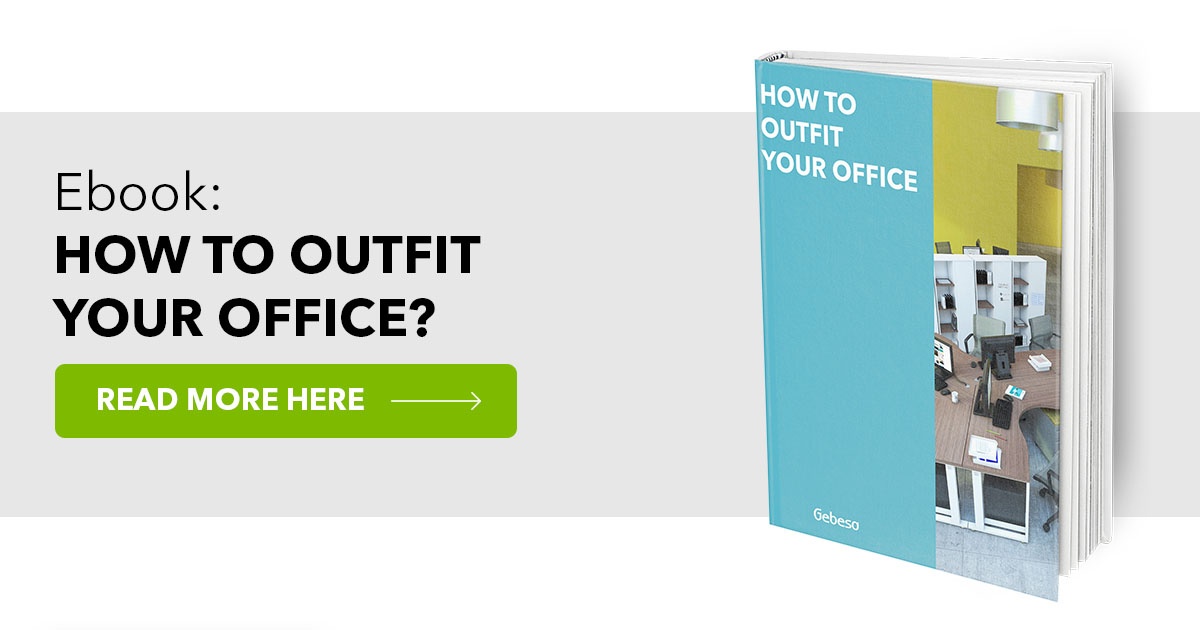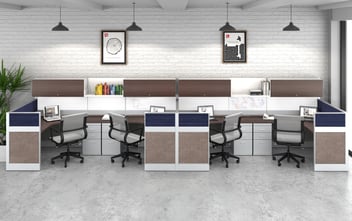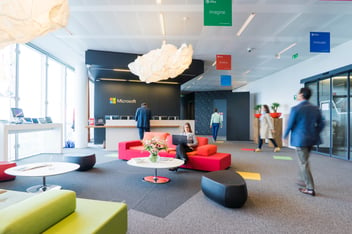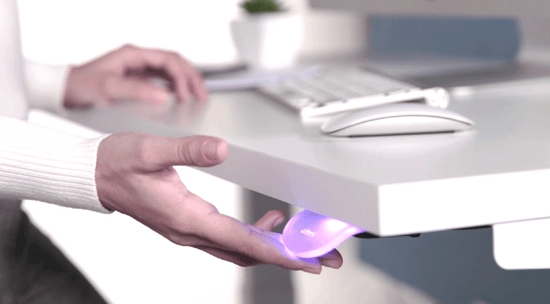Office Design After Covid: 5 Ideas To Consider
In 2019 there were numerous office design trends gaining fame across the globe. But in 2020, everything changed as a reaction to the pandemic. Multiple countries announced a nationwide lockdown, which forced the employees to work from home. Though the world is gradually reopening, many workers are wary to come back to offices in fear of COVID-19.
You will now have to shift toward the office design after Covid ideas to offer a secure and hygienic work environment for your employees. The following trends need to be revised and modified, taking the current situation into account.
What to ditch and what to adapt for post-Covid 19 office design
Although it may seem like the whole office needs to be rearranged or that some employees will have to keep working from home for a long time, the truth is office design after Covid has proven to be very resourceful and has kept a lot of the previous equipment we already had and just added some additional feature to create a safe environment. Here are some of the most popular design trends and how you can adapt them:
1- Open Offices
Workplace interaction and the free flow of communication enhance employees’ productivity and improve your office’s efficiency. Pre COVID-19, open offices were trending like wild-fire. People broke down office and cubicle walls to create a single open and free space for the employees.
However, since COVID-19 is a transmittable disease that can infect people within proximity, social distancing became the new norm. Open offices promote the opposite of social distancing and aim to bring people closer, but post-COVID-19, employees have to stay six feet away from each other to minimize contagion.
Open offices can still be usable with protective shields and a shift work schedule for the office. Imagine that you do not assemble all the employees to work all the time and allow a percentage to stay home while the other is at the office, through flex-time, for example. Consequently, crowding would be limited, and social distancing will be more comfortable.
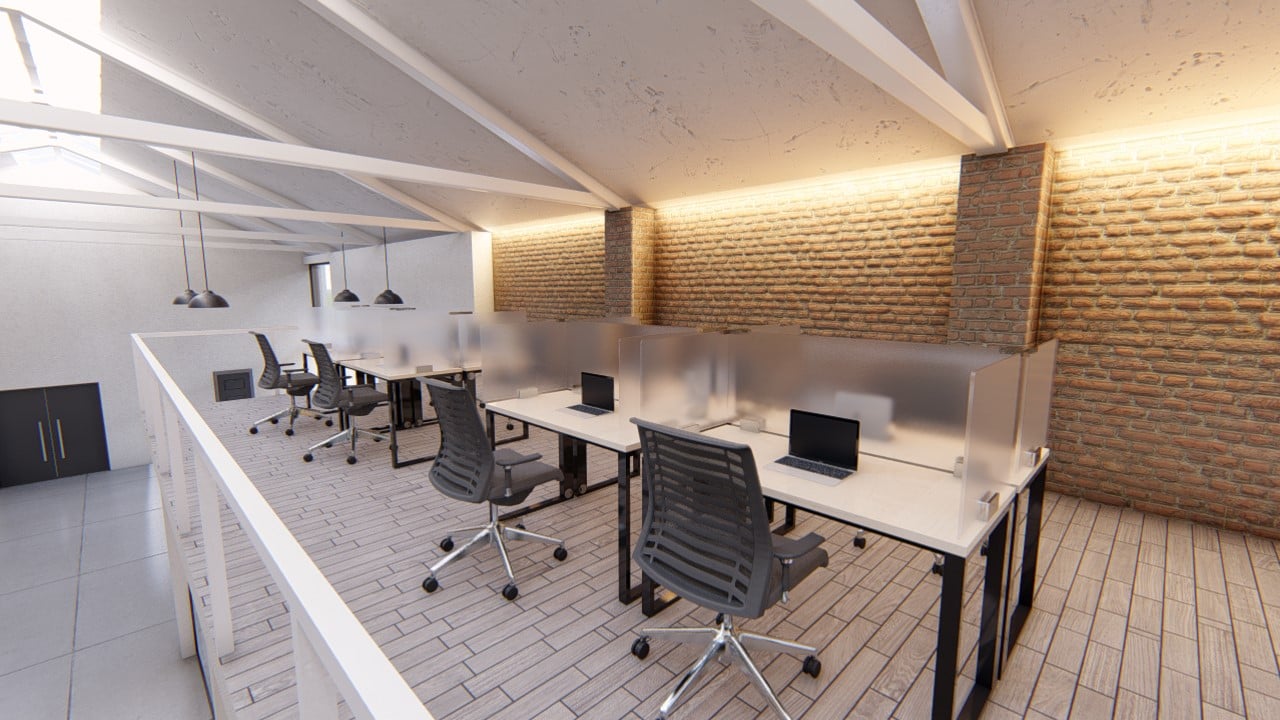
2- Team-Based Workspaces
Team-based workspaces include conference rooms, closed spaces for team activities (such as a computer lab or trading floor), and lounge areas. They encouraged the team members to work together without any barriers, which promoted teamwork and showed the importance of personal interactions in the workplace.
However, with open offices, this trend has become obsolete with social distancing and working from home.

3- Occupant Loads
Offices were planning to increase their occupant load to increase the workload/production per square foot. The competition was becoming more cut-throat, and every business wanted to stay ahead. Thus, the increase in occupant loads was trending.
Soon after COVID-19, many employees were laid off, and the occupant load drastically declined. Space was not considered a premium asset but rather as a liability due to rent and maintenance costs. Further, occupant loads also contributed to high interaction, and companies have become more conscientious about social distancing. As such, office design for large occupant loads is no longer considered safe.
4- Single Appliances
Another trend that can be unsafe after COVID-19 is the installation of communal appliances, such as networked printers, fax machines, digital scanners, and most lounge/food prep equipment. The whole office was using a single refrigerator before. The entire office was heating their food in the same microwave or drinking from the same coffee pot. Everyone was touching the same handles; everyone’s food was on the same counter.
Office design after covid stands on the premise that no one is comfortable in sharing their space, not even their food space. They want everything to be personal and separate. Incorporating personal appliances in your office design can increase office efficiency since the employees will feel safer and leave their workspace less frequently.
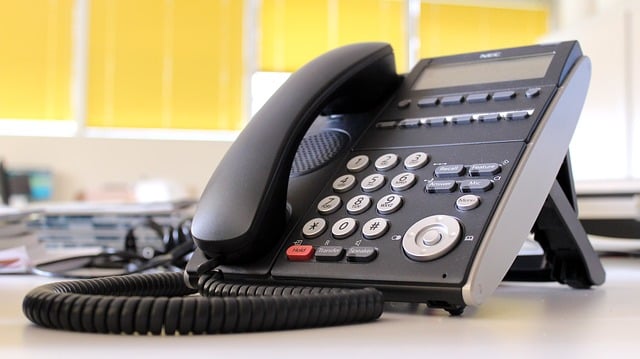
5- High Occupancy Meeting Rooms
The meeting room designs expanded to accommodate more people until COVID-19 came and disrupted that trend. Now office designs are considering smaller meeting rooms with screens installed for conducting effective virtual meetings.
The trend has changed from accommodating 100 people in a single place to limiting the occupancy to those only able to accommodate ten people physically in the room. It is not safe in the post-COVID-19 world to have more than 50 people in a meeting room.
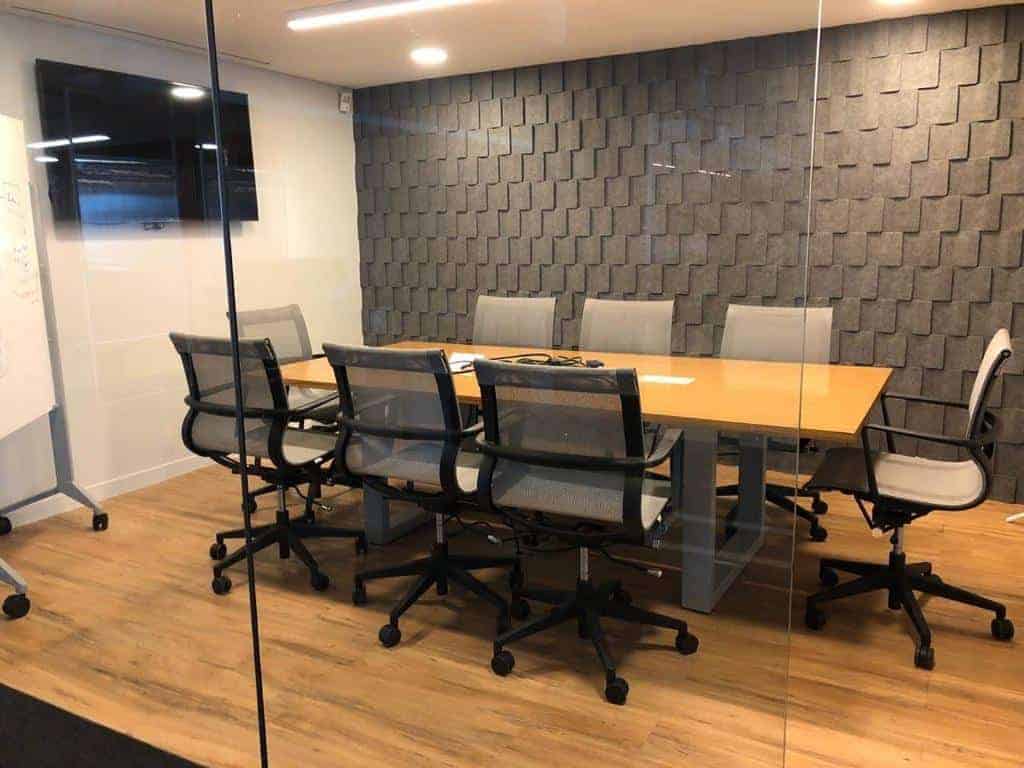
Office design after Covid-19 transforms trends that were useful but now are no longer considered safe. Keeping in mind that a pandemic is spreading throughout the world, the office designs need to adapt to the new trends.
Work-from-home, virtual conferences, and cloud storage are the recent trends that keep your employees safe and your office functioning. Office design trends will continue to change with time, and you have to adapt your office to keep up with them, especially in health and safety.

